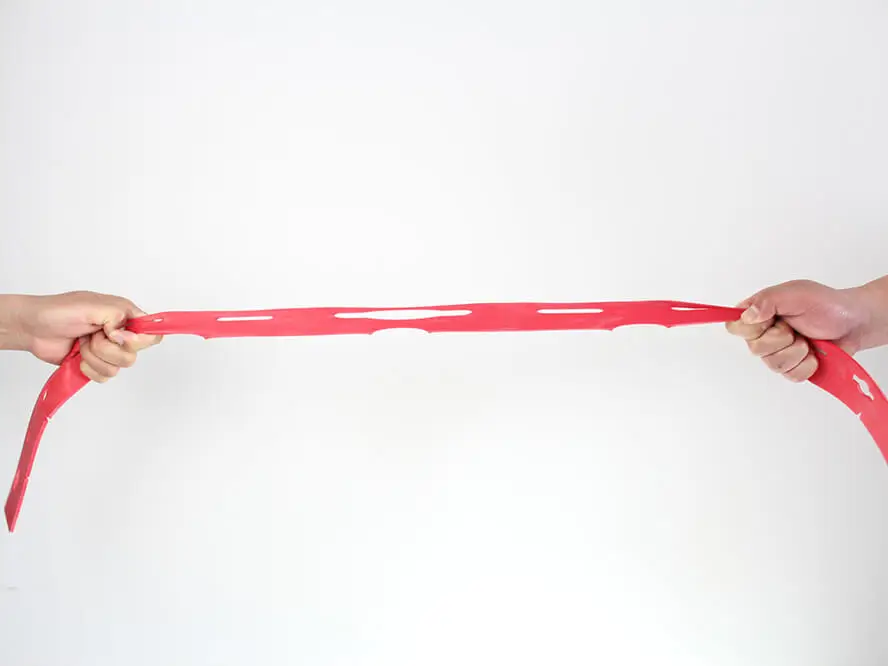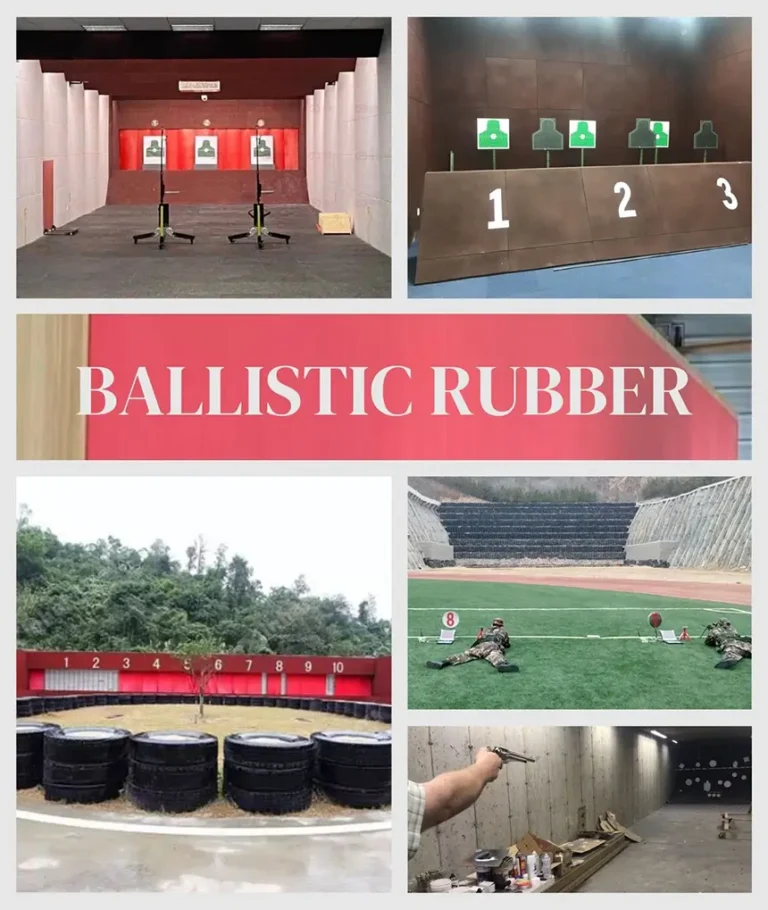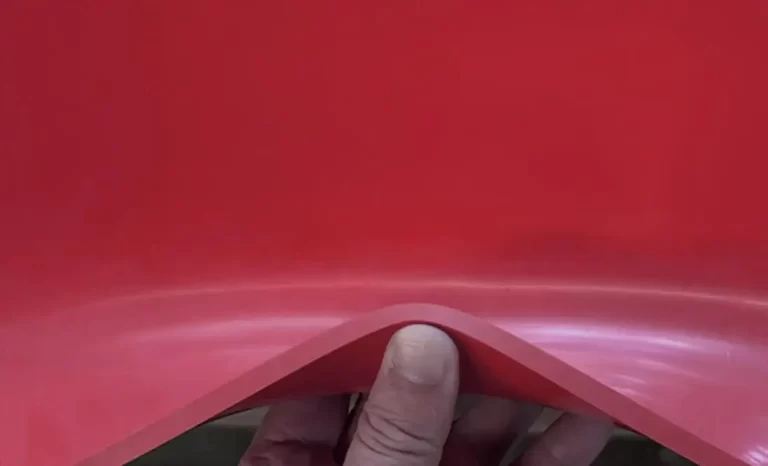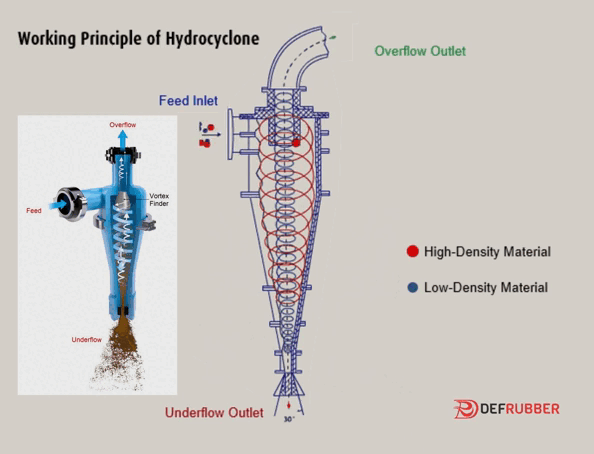What is Rubber Elasticity?

Rubber elasticity refers to the material’s ability to return to its original shape after being deformed by an external force. The high elasticity of rubber is primarily due to its unique molecular structure. Rubber molecules consist of long linear polymer chains that are naturally coiled when not under stress. When stretched, these chains uncoil, and once the force is removed, they return to their original coiled state due to internal molecular forces. This characteristic is one of the most important physical properties of rubber. Good elasticity forms the basis for rubber’s wear resistance, tear resistance, and excellent sealing properties, making it a widely used material in various products. Specifically, the functions of rubber elasticity include:
- High Elongation and Recovery Capability: Rubber can stretch to several times its original length without breaking when subjected to force. Once the force is removed, it quickly returns to its original shape and size. This ability makes rubber extremely useful in applications such as tires, seals, target backings, and shock absorbers.
- Low Permanent Deformation: High-quality rubber materials show minimal shape and size change, even after repeated stretching and releasing, meaning they have low permanent (or residual) deformation. This implies that even under long-term use or repeated stress, the material maintains its performance without significant changes.
- Temperature Adaptability: Rubber maintains certain elasticity even at lower temperatures. Although cold conditions make rubber harder and more brittle, formula and process adjustments can keep rubber flexible and elastic even at lower temperatures.
- Energy Absorption and Release: During deformation, rubber can absorb and store energy, releasing it as it returns to its original shape. This property makes rubber suitable for shock absorption and energy transmission applications, such as in automotive suspension systems, sports shoes, and elastic bands.
Rubber’s properties can be well-utilized in our daily lives, in products like car tires, various mechanical seals, medical equipment, and sports gear. Optimizing rubber’s production process and formulation can enhance its elasticity and other properties, meeting diverse application requirements. For instance, vulcanization can create crosslinking among rubber molecules, improving rubber’s elasticity and other performances. Want to know more.






